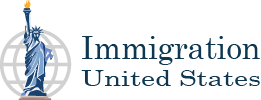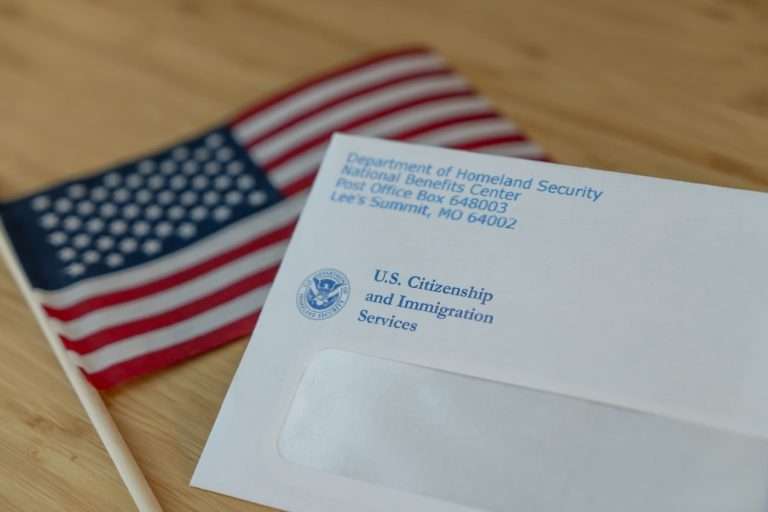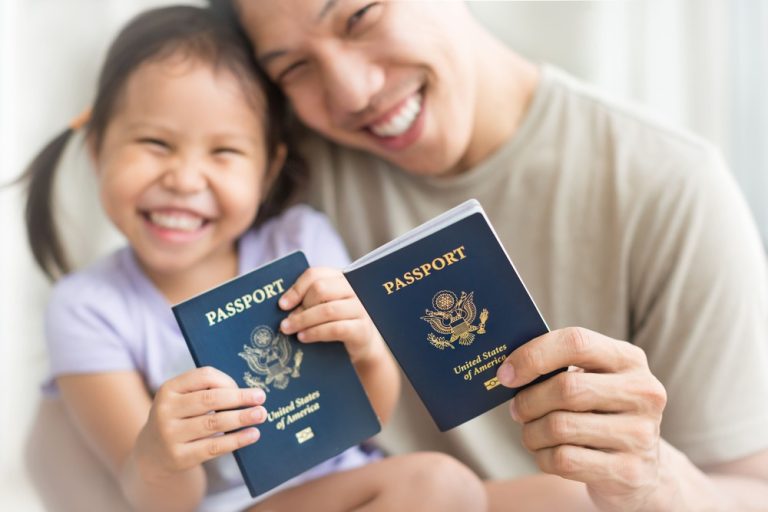Immigration to the United States: Challenges and Opportunities
Immigration has been a central theme in U.S. history, shaped by successive waves of migrants seeking better opportunities and safety. Understanding the motivations behind this phenomenon – along with the challenges and opportunities it presents – is crucial for anyone considering this life-changing journey.
Key Reasons for Immigration
1. Economic Opportunities
- The U.S. offers a robust, diversified economy with employment prospects across sectors
- Average wages are 3-4 times higher than in many Latin American countries
- Strong labor demand in construction, healthcare, technology, and service industries
2. Escape from Difficult Conditions
- 40% of asylum seekers cite violence as primary reason for migration (Pew Research)
- Extreme poverty affects migration patterns from Central America’s “Northern Triangle”
- Climate change increasingly drives displacement from vulnerable regions
3. Family Reunification
- Accounts for 65% of all legal immigration to the U.S.
- Existing immigrant communities provide crucial support networks
- Special visa categories exist for immediate relatives of U.S. citizens/residents
4. World-Class Education
- 6 of the top 10 global universities are American (QS Rankings)
- Optional Practical Training (OPT) allows graduates to work for 1-3 years post-study
- STEM fields particularly favor international student retention
Significant Challenges Immigrants Face
Legal Process Complexities
- Backlogs: Some family visa categories have 20+ year wait times
- Changing policies: 102 major immigration policy changes since 2017
- Cost: Average green card process costs $1,200-$4,500 in government fees alone
Cultural Adaptation
- Language barrier affects 45% of first-generation immigrants
- Cultural differences in workplace norms and social interactions
- “Brain waste”: 2 million college-educated immigrants work in low-skilled jobs
Social Barriers
- Rising anti-immigrant sentiment in some communities
- 39% of Latinos report discrimination experiences (NPR/Robert Wood Johnson survey)
- Political rhetoric often conflates legal and unauthorized migration
Access to Services
- Healthcare: 23% of noncitizens lack insurance (vs. 8% of citizens)
- Higher education: Out-of-state tuition rates apply until residency established
- Financial services: Limited credit history creates housing/loan challenges
Transformative Opportunities
Economic Impact
- Immigrants founded 55% of U.S. startup companies valued at $1B+
- Contribute $2 trillion annually to GDP (Cato Institute)
- Fill crucial labor gaps in aging industries
Cultural Enrichment
- Ethnic restaurants generate $95 billion in annual sales
- Bilingualism becoming economic asset in globalized workforce
- Arts and entertainment transformed by immigrant influences
Innovation Leadership
- 38% of U.S. Nobel laureates since 2000 were immigrants
- Immigrants patent at 2x the rate of native-born citizens
- Play disproportionate role in tech hubs like Silicon Valley
The Path Forward
As migration patterns evolve, several key considerations emerge:
- Policy reforms addressing visa backlogs and labor market needs
- Integration programs improving language acquisition and credential recognition
- Community initiatives combating discrimination and fostering inclusion
- Economic strategies leveraging immigrant entrepreneurship
The American immigration experience remains a powerful engine of national renewal, blending profound challenges with extraordinary opportunities. By addressing systemic barriers while maximizing the benefits of immigration, the U.S. can continue its legacy as a nation built by and for those seeking a better future.




